If you were around Maitland on Boxing Day, you would be forgiven for thinking the hail looked like it had been produced by a kid's Christmas toy.
Large chunks of ice - some well over five centimetres in length - were oddly-shaped and looked like flowers.
Despite the huge damage caused across the Hunter, residents have been gripped by the strange hail in their yards. Many took to local Facebook pages to document the phenomenon.
To understand how this bizarre hail formed, we can look at its structure.
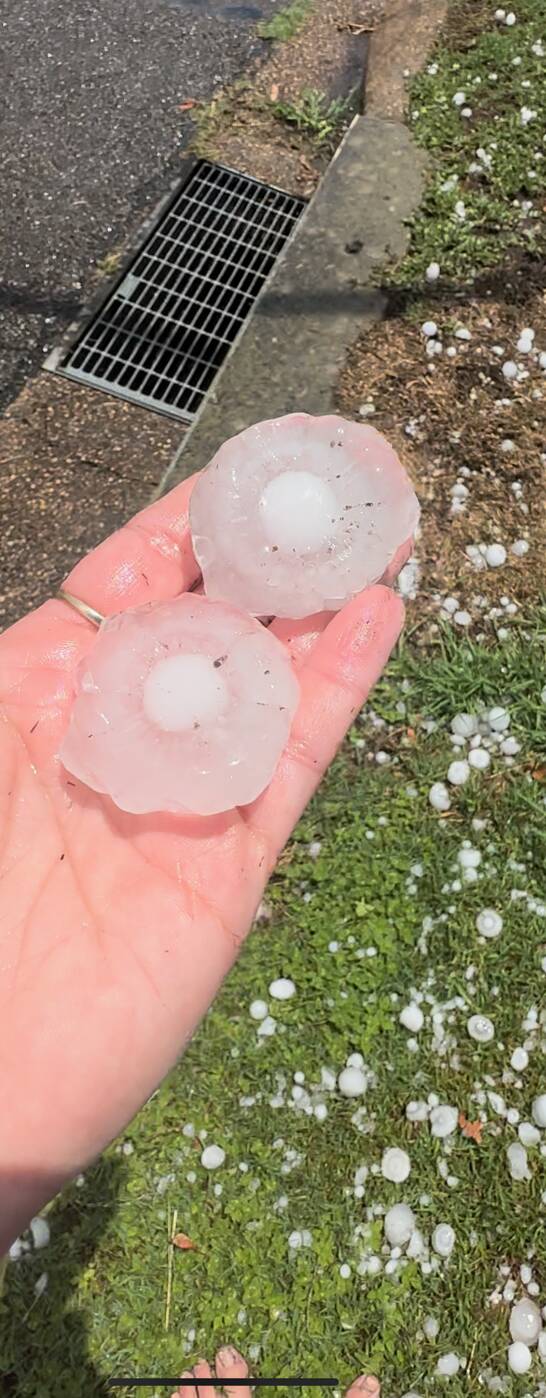
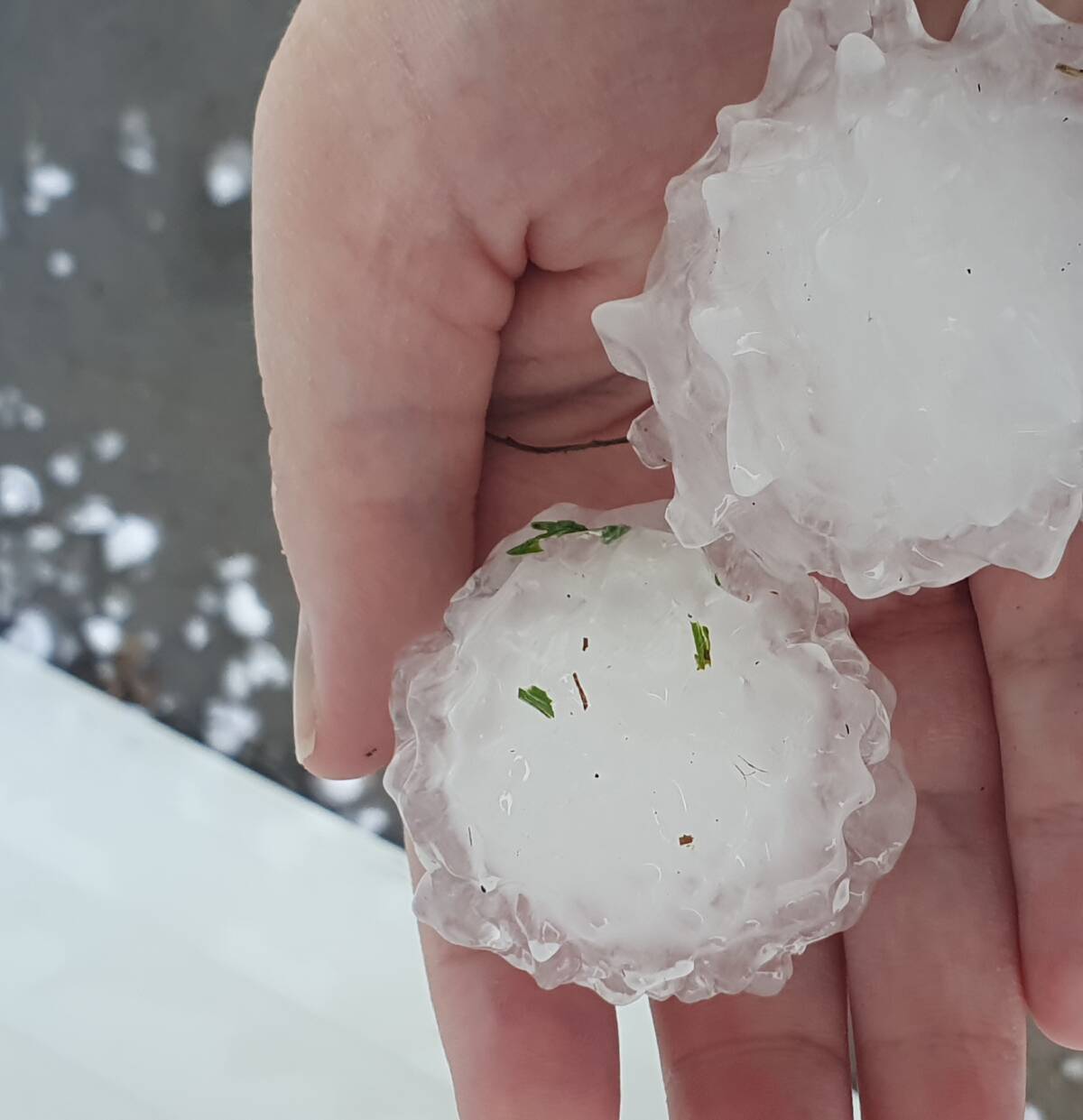
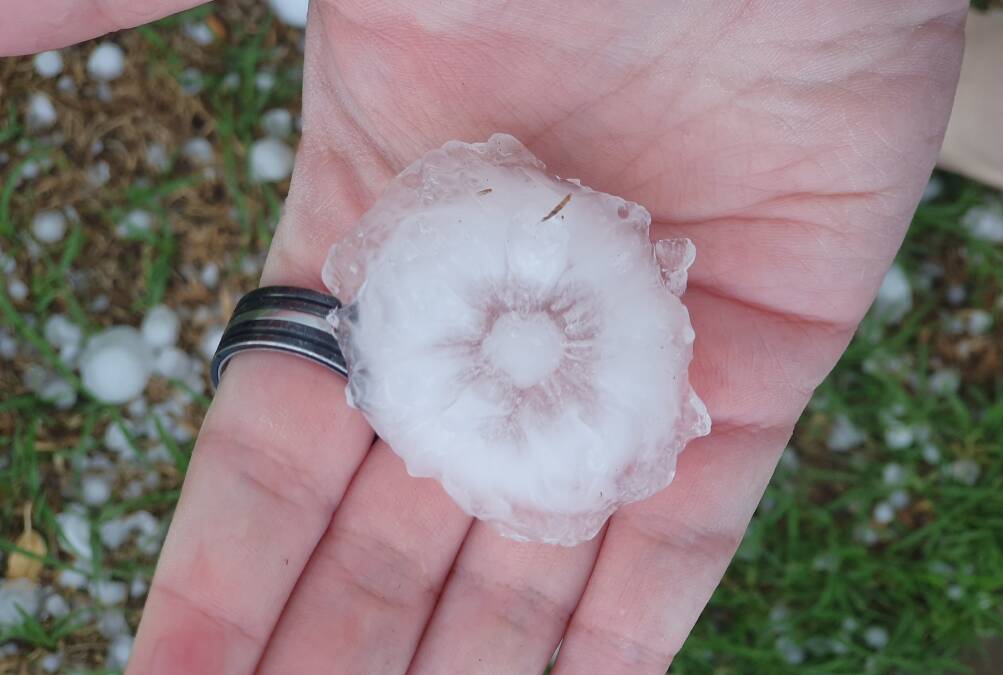

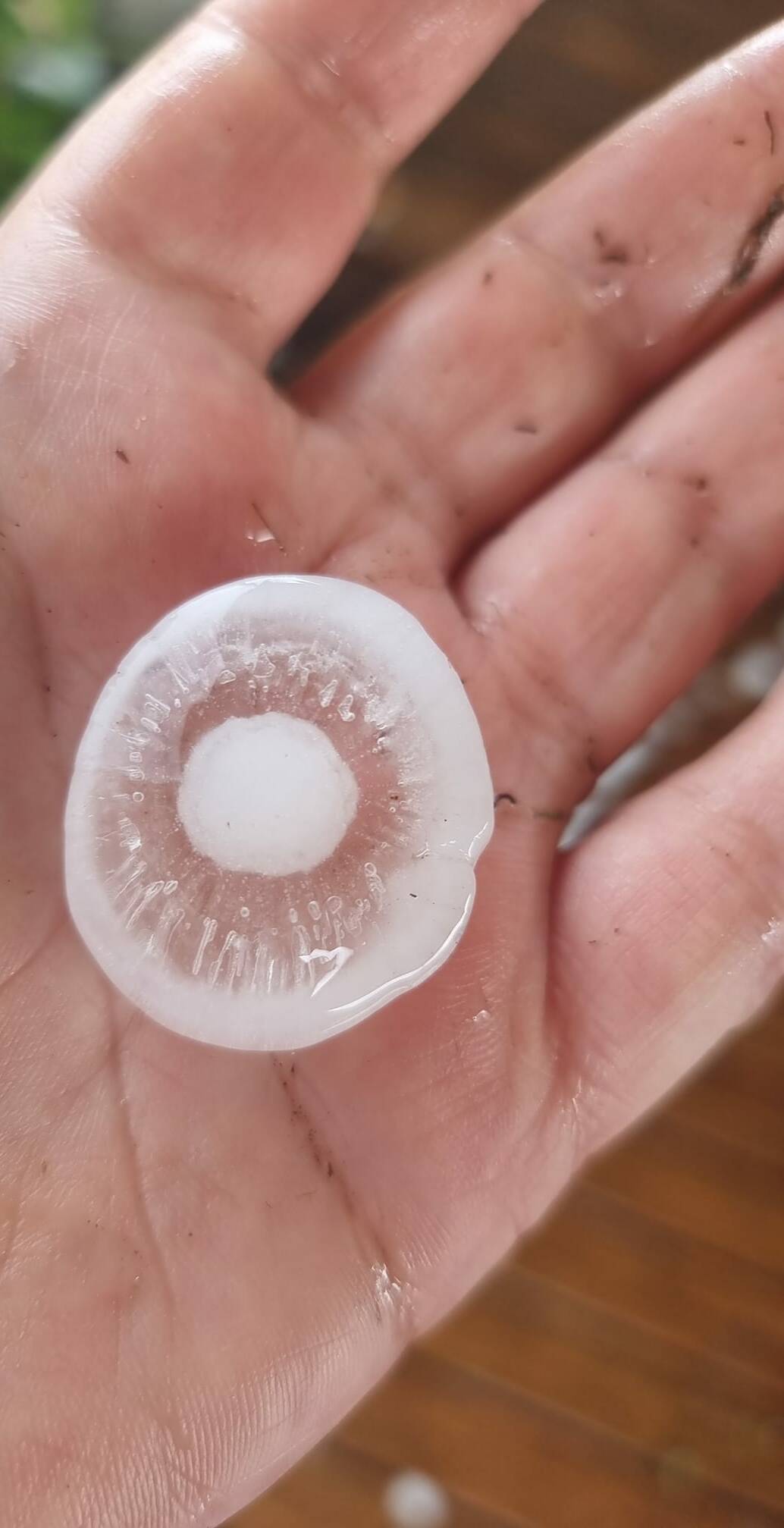
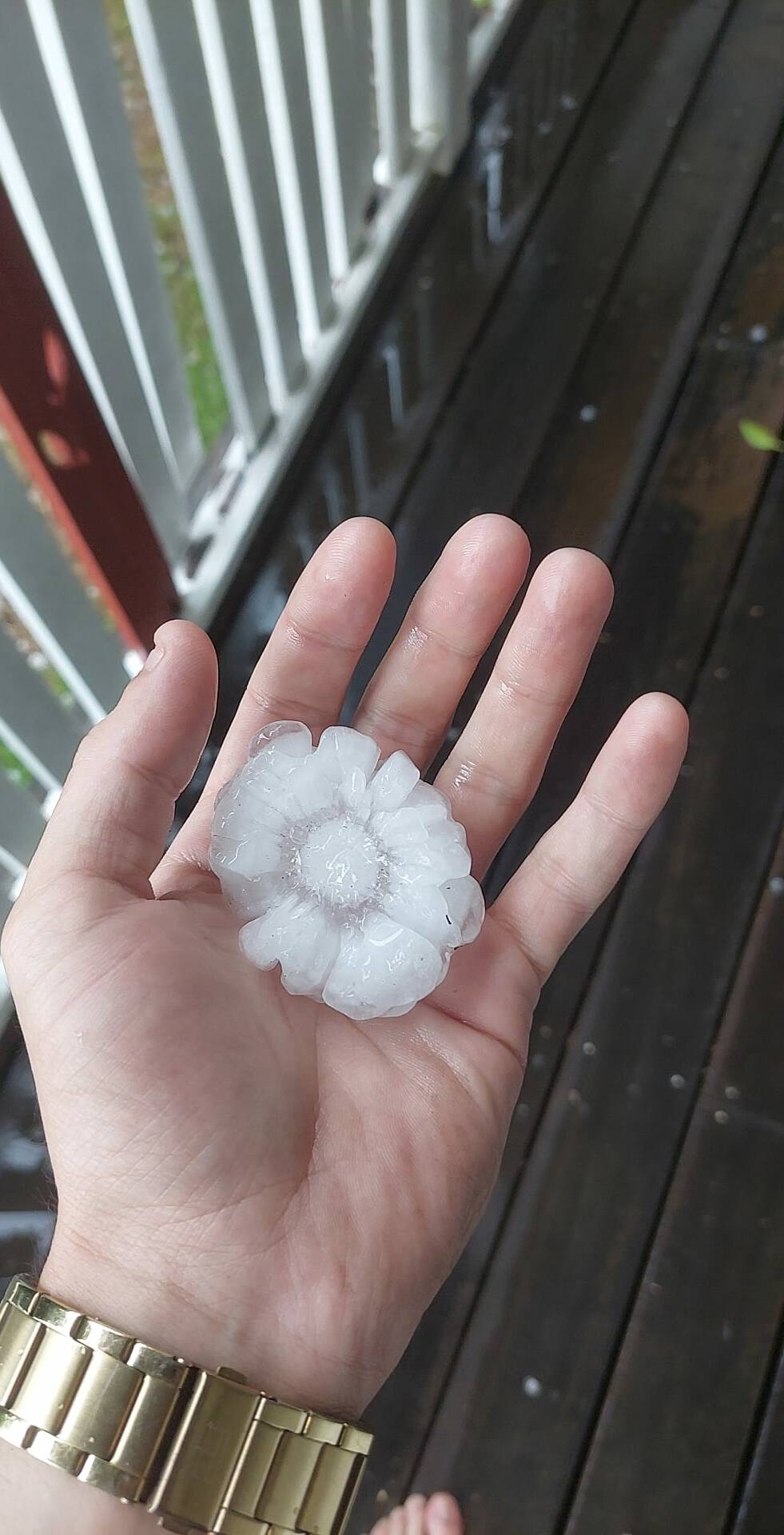

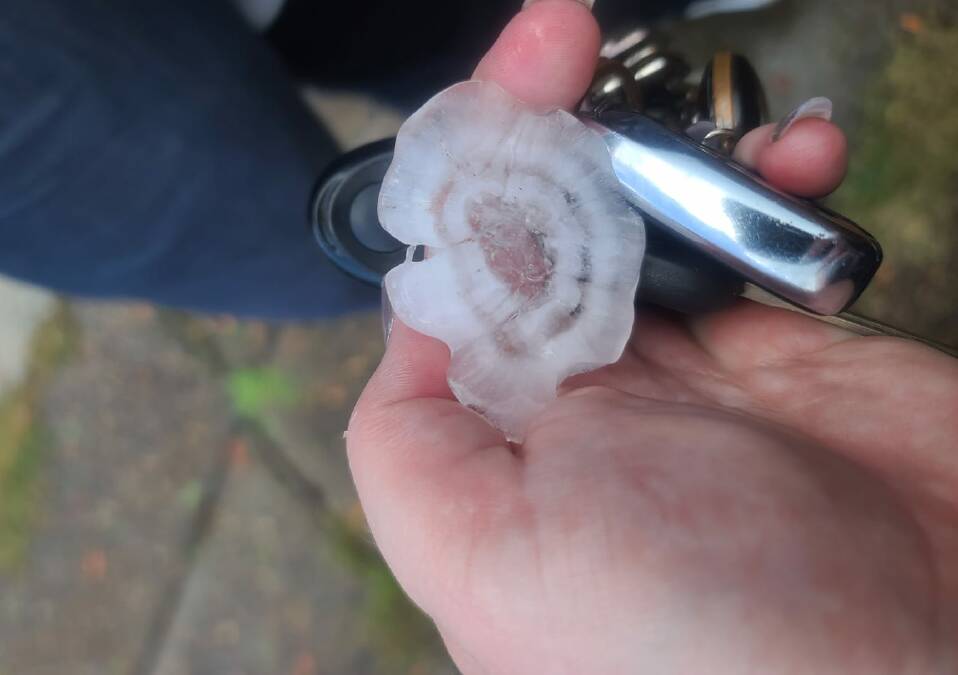
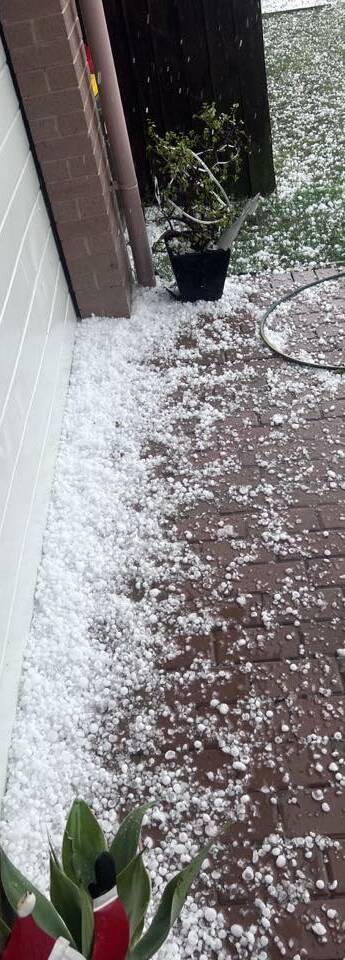
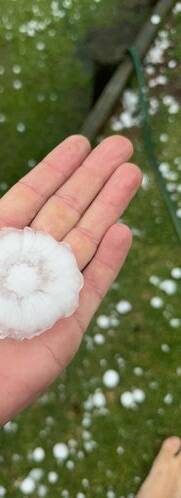
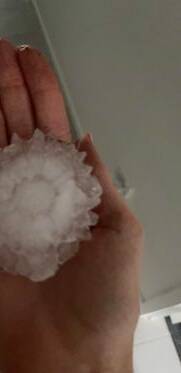

Clear hailstones, like what Rutherford residents saw on Tuesday, form during wet growth. They are often spiky with strange offshoots.
Monash University researcher Dr Joshua Soderholm told the ABC in 2018 that all hail starts as round embryos, less than one centimetre in diameter.
When the water freezes, it forms little, clear channels similar to icicles. They then start to get bigger and icicles form in different directions.
Hail formed during dry growth, on the other hand, is white and round.
If we look at the flower-shaped hail that pelted Maitland, we can see it is a combination of wet and dry growth.
The small, smooth ball in the middle formed during dry growth and those 'petals' are a result of icicles forming around the exterior.
Dr Soderholm said flower-shaped hail generally melts slightly, as it falls, revealing the inner structure that we see in the below photo.
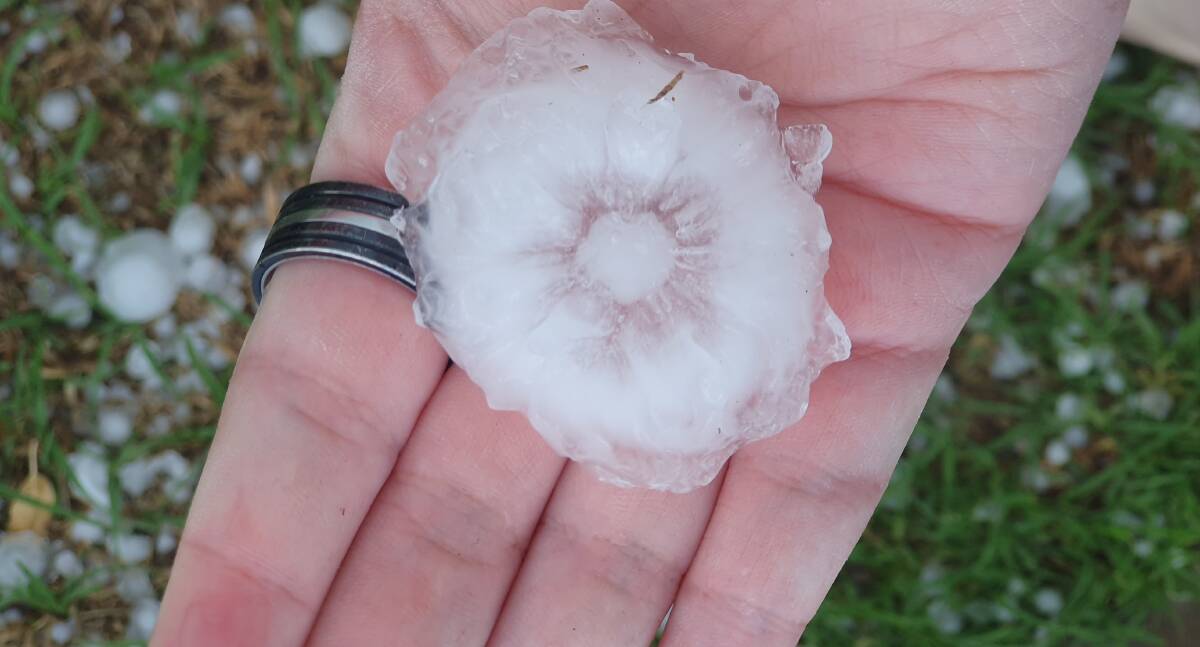
These flower-shaped structures are technically called cusped lobe structure forms.
But why was there hail in the Hunter in the first place?
The Bureau of Meteorology said hail forms when a thunderstorm has a strong updraft, or an upward current of air.
Tiny particles of snow, with a thin crust of ice - a 'graupel' become suspended in the air. Each piece of hail can grow rapidly by sweeping up water droplets.
Dr Soderholm told the ABC the change between wet and dry growth will depend on the change in temperature and moisture in a storm cell typical for this time of year.
"A supercell is a severe thunderstorm where the updraft is rotating," Dr Soderholm explained.
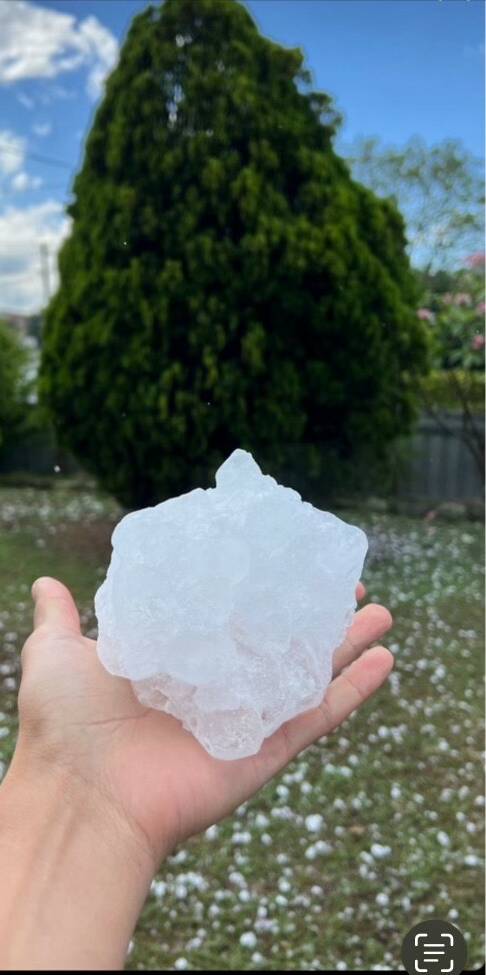
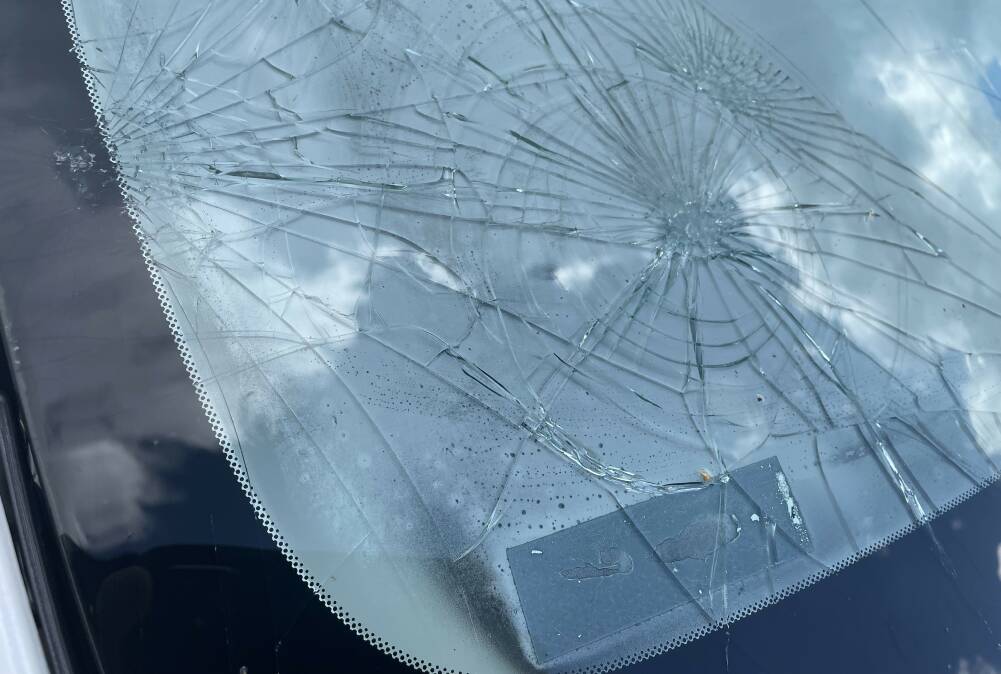
The hail caused significant damage, with huge pieces smashing car windows, damaging facades and causing a massive clean up effort.
NSW State Emergency Services had more than 50 calls to Rutherford within an hour.
More damage was expected overnight. At 5:30pm, the Bureau of Meteorology warned of "severe storms" which would be isolated north of Sydney.
Rain is set to hit northern parts of the state - particularly near Lismore - by nightfall.







